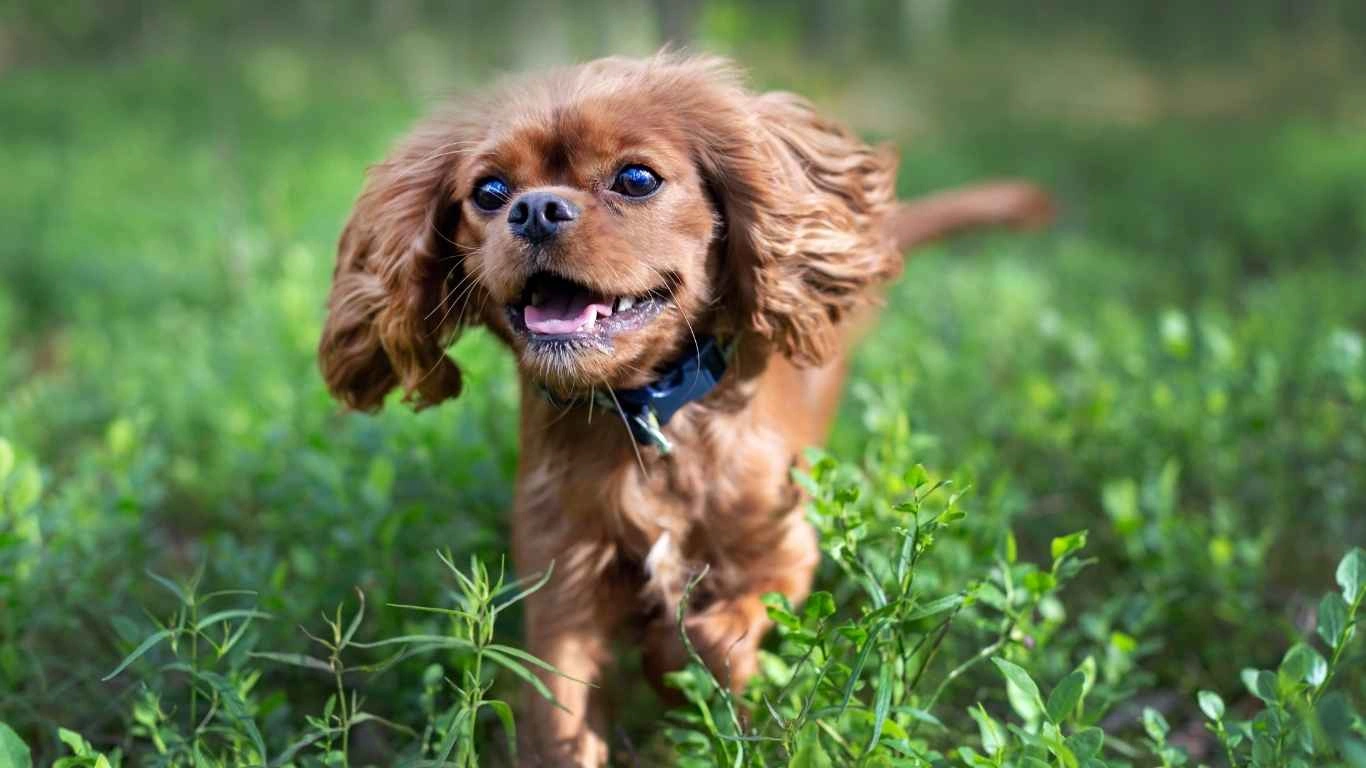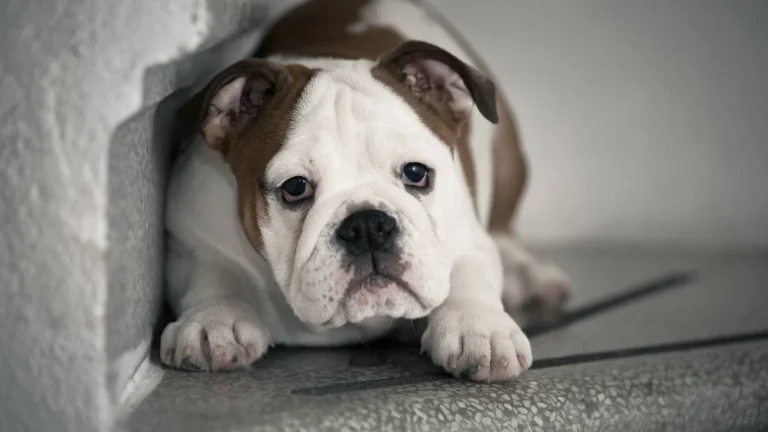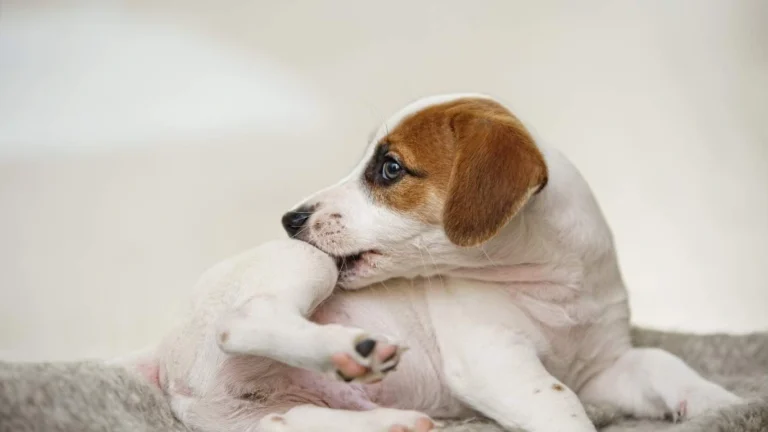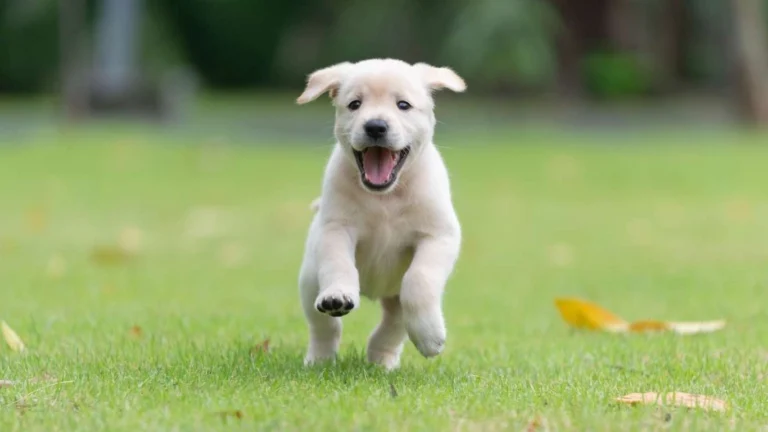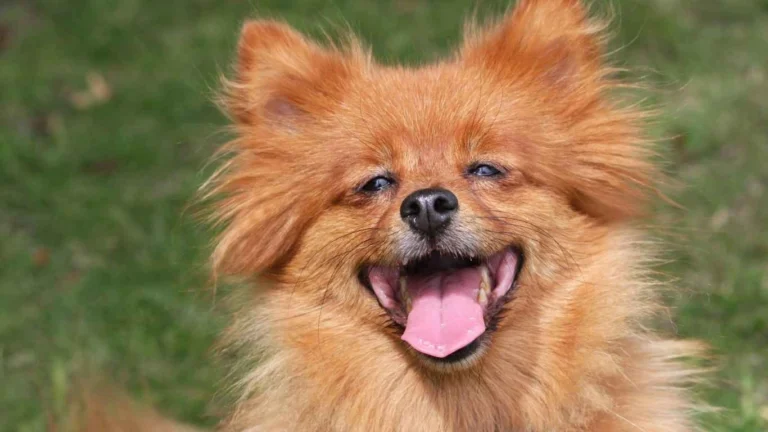10 Best Hydration Strategies for Dogs in Summer to Keep Them Cool & Healthy
As an Animal Care Specialist, I’ve seen firsthand how important hydration is for our furry friends, especially during the hot summer months. Dogs, like humans, need to stay hydrated to keep their energy levels up, prevent overheating, and stay healthy. However, getting them to drink enough water can be trickier than you might think. If you’ve ever found yourself chasing your dog around the yard, trying to convince them to take a sip from their bowl, you know exactly what I mean. But don’t worry – there are some fantastic strategies to keep your dog hydrated and happy throughout the summer. So let’s dive into some of the best hydration strategies for dogs in summer that I’ve picked up over the years.
Why Hydration is Crucial for Dogs in Summer
Summer can be brutal on our pets, especially dogs who have a lot of fur. As the temperature rises, so does the risk of dehydration and heatstroke. When a dog gets too hot and isn’t drinking enough water, they can become lethargic, lose appetite, or even experience more serious health problems like kidney failure or heatstroke. That’s why it’s super important to not only ensure your dog has access to fresh water at all times but also to actively encourage them to drink it.
Dehydration in dogs can happen quickly, especially during intense heat, so keeping an eye out for early signs is crucial. Some common signs of dehydration in dogs include dry gums, sunken eyes, and excessive panting. If you notice these signs, it’s essential to act fast. But the good news is, preventing dehydration can be fairly simple with the right approach.
1. Always Have Fresh Water Available
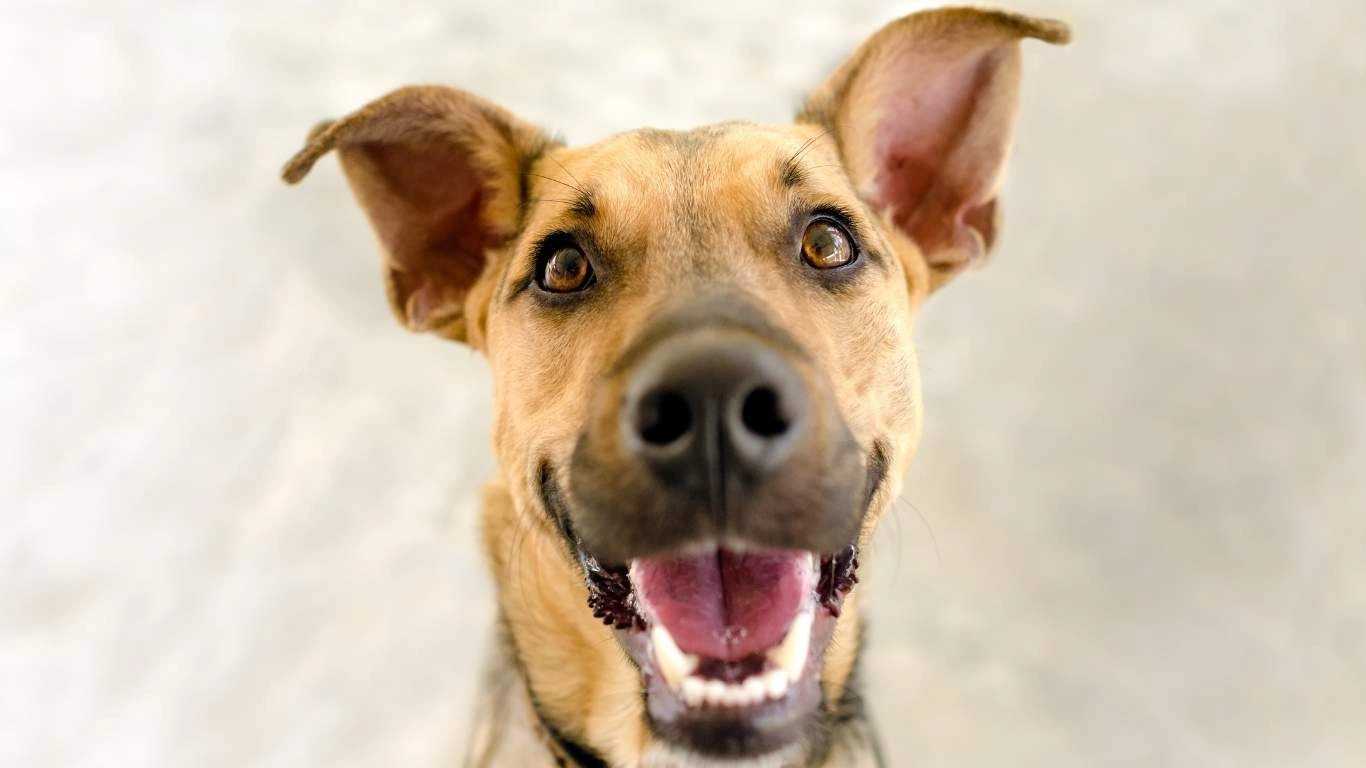
It sounds basic, but it’s so important: Make sure your dog always has access to fresh water, especially during the warmer months. I can’t tell you how many times I’ve walked into a pet clinic and found that a dog is dehydrated simply because their water bowl wasn’t filled up, or it was sitting in a corner of the house where they just couldn’t reach it. Dogs can be picky, so make sure their water is fresh and clean – no one wants to drink stale, old water!
Placing multiple water bowls around the house (and in the yard if you have one) ensures that your dog can always find some water when they need it. During hot days, consider using a larger bowl or even an automatic water dispenser to ensure there’s plenty available. You’d be surprised at how much more your dog will drink when the water is always accessible and clean.
2. Freeze Some Water in Ice Cubes or Ice Lollies
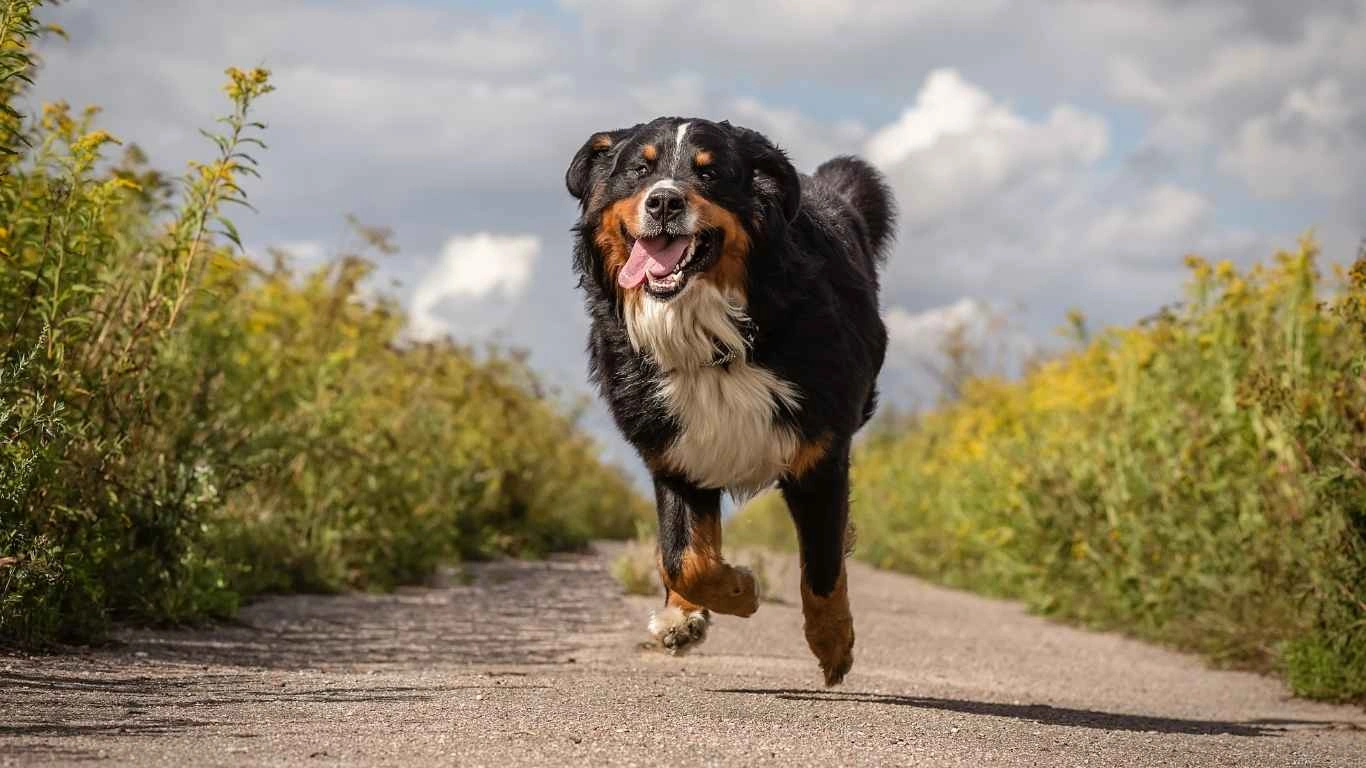
If your dog’s not too keen on drinking water, you might want to try adding a little fun to their hydration routine. One of my go-to tricks during summer is freezing water in ice cube trays and giving them to dogs as a treat. Some dogs love ice cubes because they’re not only refreshing but also provide a cooling sensation as they lick and chew them. It’s an easy and effective way to get your dog to hydrate while also keeping them entertained.
For a bit of extra flavor, try freezing water with a little bit of dog-safe broth or even tiny bits of their favorite fruits (such as blueberries or watermelon). Just make sure whatever you freeze is safe for your dog to consume. These frozen ice lollies are great for cooling down and quenching their thirst all at once!
3. Use a Water Fountain
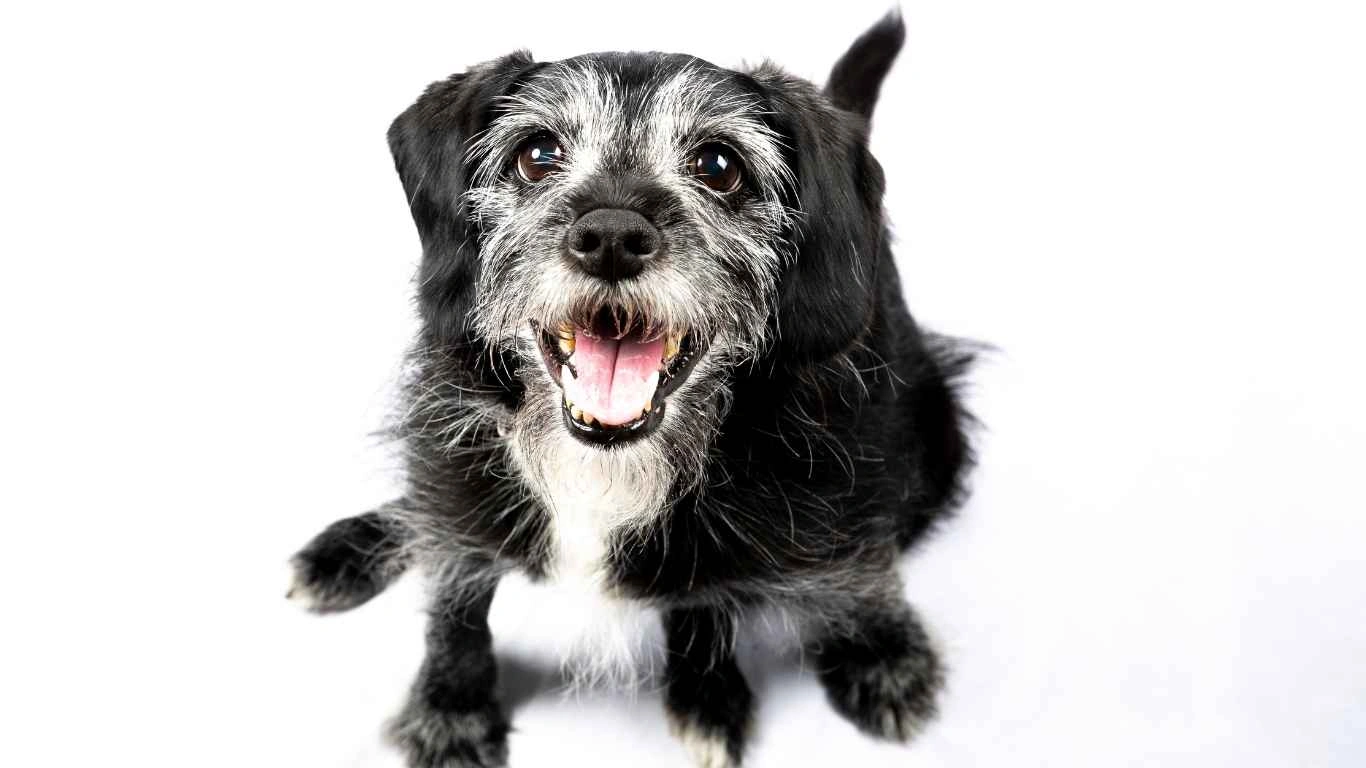
Some dogs prefer moving water over stagnant water, and this is where a pet water fountain can come in handy. If you’ve ever noticed your dog drinking from a stream, a garden hose, or even the toilet (yikes!), they may simply prefer running water. Pet water fountains are designed to provide a continuous stream of water, which can encourage dogs to drink more.
Another benefit is that the water in a fountain is typically filtered, so it stays fresh and free of debris. It’s a great way to keep your dog hydrated while also ensuring that the water they drink is clean and tasty. Plus, the sound of flowing water can be quite appealing to some dogs, making the whole experience a little more exciting for them!
Keep Them Cool: A Few More Hydration Tips
While water is the most obvious way to hydrate your dog, there are a few more things you can do to help them stay cool and hydrated during the summer months. These additional tips can make a huge difference in preventing dehydration and heat exhaustion:
4. Offer Wet Food or Water-Rich Snacks
If your dog is a picky drinker, offering wet food is another excellent option to boost hydration. Many canned dog foods contain a high amount of moisture (some even up to 80%), which can supplement your dog’s water intake. Some dry foods also have added moisture, so consider incorporating those into your dog’s diet during the hotter months.
In addition to wet food, you can try giving your dog water-rich snacks like watermelon, cucumber, or even some dog-friendly ice cream treats. These can help replenish lost fluids and keep your dog cool. Just be sure to avoid any fruits or snacks that are toxic to dogs, like grapes or raisins.
5. Avoid Outdoor Activities During Peak Heat
Exercise is important for dogs, but during the summer heat, it’s crucial to choose the right times for walks or play sessions. I’ve learned this the hard way – you don’t want to take your dog on a long walk during the hottest part of the day, usually between 11 AM and 3 PM. The pavement can get scorching hot, and your dog could get overheated before you even realize it.
Instead, opt for early morning or evening walks when the temperature is cooler. And always bring water with you to keep your dog hydrated while on the go. If you’re playing outside, try to limit the amount of time spent in the direct sun and make sure there’s always a shaded area and fresh water available.
Hydration Alternatives: Creative Ways to Keep Your Dog Drinking
Sometimes, it’s not just about offering water; it’s about making hydration exciting for your dog. Trust me, I’ve worked with a lot of pups who would rather spend the entire afternoon chasing a ball than take a sip of water. But over the years, I’ve learned a few creative ways to keep dogs drinking, even when they’re not the biggest fans of water.
6. Make Water More Appealing with Flavors
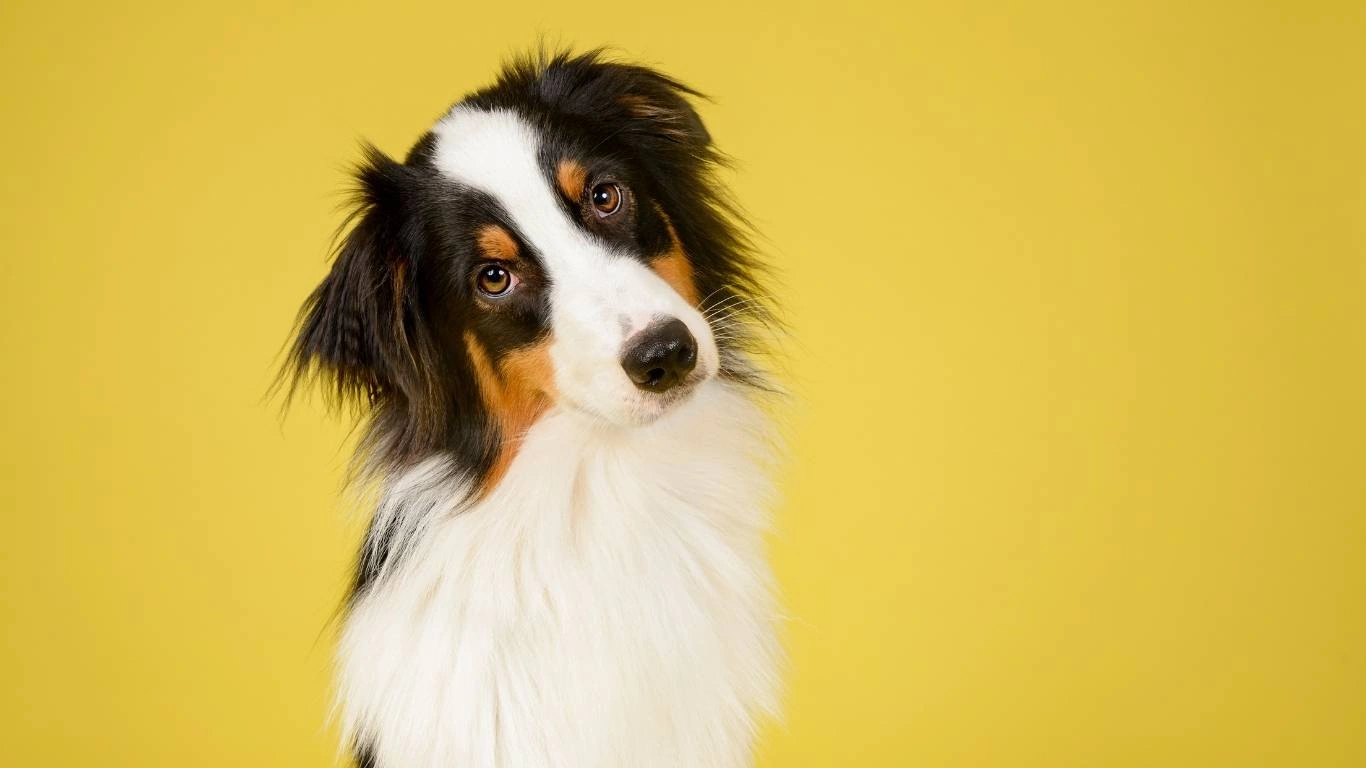
If your dog seems to ignore their water bowl, try adding some flavor to it. Just like how we enjoy flavored water or sports drinks, your dog might enjoy the added taste too! You can try adding a small amount of low-sodium chicken or beef broth to their water. It’s a great way to make hydration more appealing, especially for fussy drinkers. I’ve seen dogs who turn their noses up at plain water suddenly become excited when a little broth is mixed in!
Another option is to use dog-safe electrolyte powders. These are specifically designed to replenish lost fluids and electrolytes, which is great for active dogs or those who might be recovering from a long day at the park. I’ve had a few clients who swear by these powders—they’re easy to use and can give your dog that little extra push to drink up.
7. Try Dog-Specific Hydration Treats
Believe it or not, there are actually dog treats out there that help with hydration. These treats are specially formulated with high water content, which makes them perfect for supplementing your dog’s water intake. They often come in the form of chews, biscuits, or even popsicles, and they’re great for getting your dog to hydrate without them even realizing it. They think they’re getting a treat, but they’re actually helping their body stay hydrated.
One product I personally like to recommend to pet owners is a line of hydration chews that contain natural ingredients like coconut water and fruit extracts. They’re easy to give, and most dogs seem to love the taste. Plus, you can feel good about offering them something that’s healthy and hydrating at the same time!
Keep Your Dog’s Environment Cool
Keeping your dog cool and comfortable is just as important as making sure they drink enough. If you’re dealing with the sweltering heat, your dog is more likely to become dehydrated if they’re not in a cool environment. It’s something that I often talk about with pet owners during the summer—just as you wouldn’t want to be outside in the blazing sun without water, your dog feels the same way.
8. Create a Cooling Zone for Your Dog
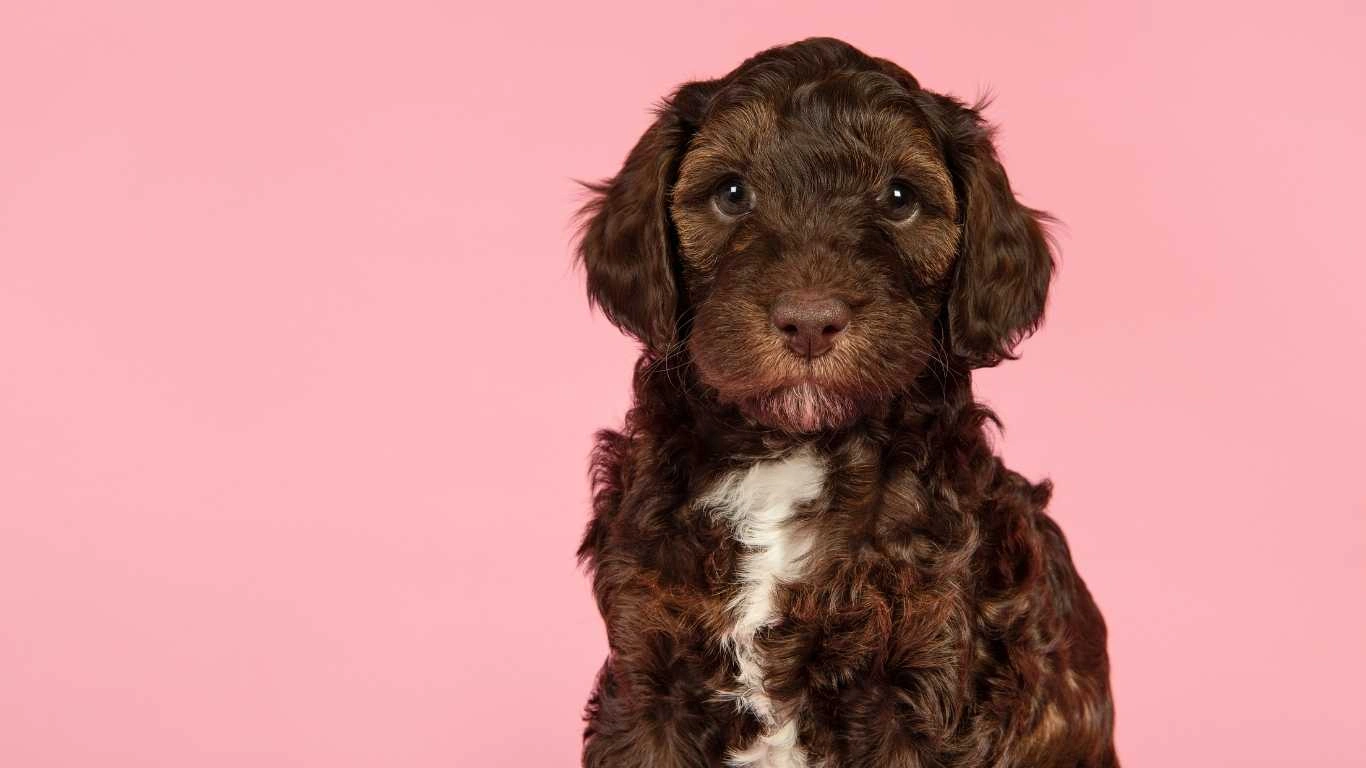
When the heat starts to climb, I always recommend setting up a “cool zone” in your house or yard where your dog can chill out. This could be as simple as placing their bed in a shaded corner of the room or under a tree in the yard, or you can go a step further by investing in a cooling mat or pad. These mats are designed to absorb your dog’s body heat, keeping them cool without the need for air conditioning. Some of them even require no refrigeration or electricity—just lay them down, and they start working immediately!
For dogs that enjoy lounging in the house, you can also consider getting a fan for their favorite resting spot. The breeze will help cool them down, making it easier for them to regulate their body temperature. I’ve had several clients who swear by this method, and it can be a simple, affordable way to keep your dog from overheating.
9. Keep Water Cool
Now, this might sound a bit silly, but hear me out. Just like how you enjoy a nice, cold drink of water on a hot day, your dog does too! A simple way to keep your dog interested in drinking is by offering cold water throughout the day. During the summer months, I make it a habit of filling up my dogs’ water bowls with ice cubes or using an insulated water bottle to keep their water cool for longer periods.
One trick I’ve found especially useful for dogs who are picky about their water is to use a chilled water bowl. There are a number of dog bowls on the market designed to keep water cooler for longer, and they’re perfect for those hot days when regular water just doesn’t cut it. Plus, some dogs actually prefer water that’s a little cooler than room temperature—it’s worth testing out if you find your dog turning up their nose at the water bowl.
Watch for Signs of Dehydration
While encouraging your dog to drink is essential, it’s equally important to be vigilant for the signs of dehydration. If you’re wondering how to tell if your dog is getting enough fluids, there are a few warning signs to look out for.
10. Check for Dry Gums and Nose
One of the easiest ways to check if your dog is dehydrated is to check their gums and nose. Normally, a dog’s gums should be moist and pink, and their nose should be cool and damp. If you notice that their gums are dry, pale, or tacky, or if their nose feels dry and warm, it could be a sign that they’re dehydrated.
When I’ve noticed dogs with these symptoms, I always recommend increasing their water intake immediately and offering them hydration alternatives, like ice cubes or flavored water. In extreme cases, you may need to consult with your vet for further guidance.
11. Watch for Lethargy and Panting
Another red flag for dehydration is if your dog seems unusually tired or is panting excessively. While it’s normal for dogs to pant during hot weather or after exercise, excessive panting accompanied by sluggishness or lack of energy can be a sign that they’re not getting enough fluids. This is particularly important to monitor if your dog has been playing outside or exposed to heat for a long time.
At this point, it’s time to offer your dog a break from the heat, give them some cool water, and let them rest in a cool area. It’s also worth checking in with your vet if you’re concerned about their hydration levels.
12. Watch for Decreased Urination
If your dog is drinking less and urinating less frequently, this can be a major sign of dehydration. A well-hydrated dog will pee regularly, and the urine will usually be light in color. If your dog is going longer periods without peeing or their urine is darker than usual, it’s a good idea to step up their hydration game and monitor them more closely.
Dehydration can happen quickly, so it’s best to be proactive rather than reactive. Providing constant access to fresh, cool water and offering hydration alternatives is the best way to keep your dog healthy and safe during the summer months.
Hydration During Travel: Keeping Your Dog Hydrated on the Go
Whether you’re heading to the beach, going on a road trip, or just taking your dog to the park, it’s important to keep their hydration top of mind while traveling. Dogs can get thirsty during travel, especially if they’re in a car or if you’re out and about for long periods of time. As an Animal Care Specialist, I’ve seen many dogs suffer from dehydration simply because their owners didn’t think to pack extra water for the trip.
13. Bring a Travel Water Bottle

If you’re taking your dog out for a long trip, bringing a portable water bottle and bowl is a game-changer. There are so many great options available now—some bottles come with a built-in bowl that you can flip open for quick hydration breaks. I personally love these bottles because they’re so convenient and prevent water from spilling all over the car during bumpy rides. Plus, your dog will thank you for the refreshing drink after a long, hot day out.
When planning your trip, make sure you’ve got a sufficient water supply for both you and your dog. Plan ahead for bathroom and hydration breaks if you’re driving for extended periods. Make sure to stop every couple of hours for water, snacks, and a quick walk to stretch your legs (and your dog’s legs too!). This not only helps with hydration but also keeps your dog comfortable throughout the journey.
14. Don’t Forget a Cooling Mat for Travel
Just like at home, traveling can become uncomfortable for your dog if the car gets too hot. A cooling mat is another easy solution to help your dog stay cool on the road. Many of these mats are lightweight, portable, and perfect for travel. I’ve recommended them to clients who take their dogs on long car rides or even to outdoor events, and they really do make a difference in keeping your dog comfortable and cool during trips.
Some cooling mats don’t require any refrigeration or electricity. They work by absorbing your dog’s body heat, which can help regulate their temperature and keep them from overheating. Keep one of these mats in the backseat or in your dog’s travel crate for a cooler, more pleasant ride.
Hydration and Special Needs Dogs
If your dog has any special health conditions—like kidney disease, diabetes, or a sensitive stomach—keeping them hydrated becomes even more important. Managing hydration for these dogs can be a bit tricky, but with the right approach, you can make sure they get the fluids they need while staying comfortable.
15. Older Dogs and Hydration Needs
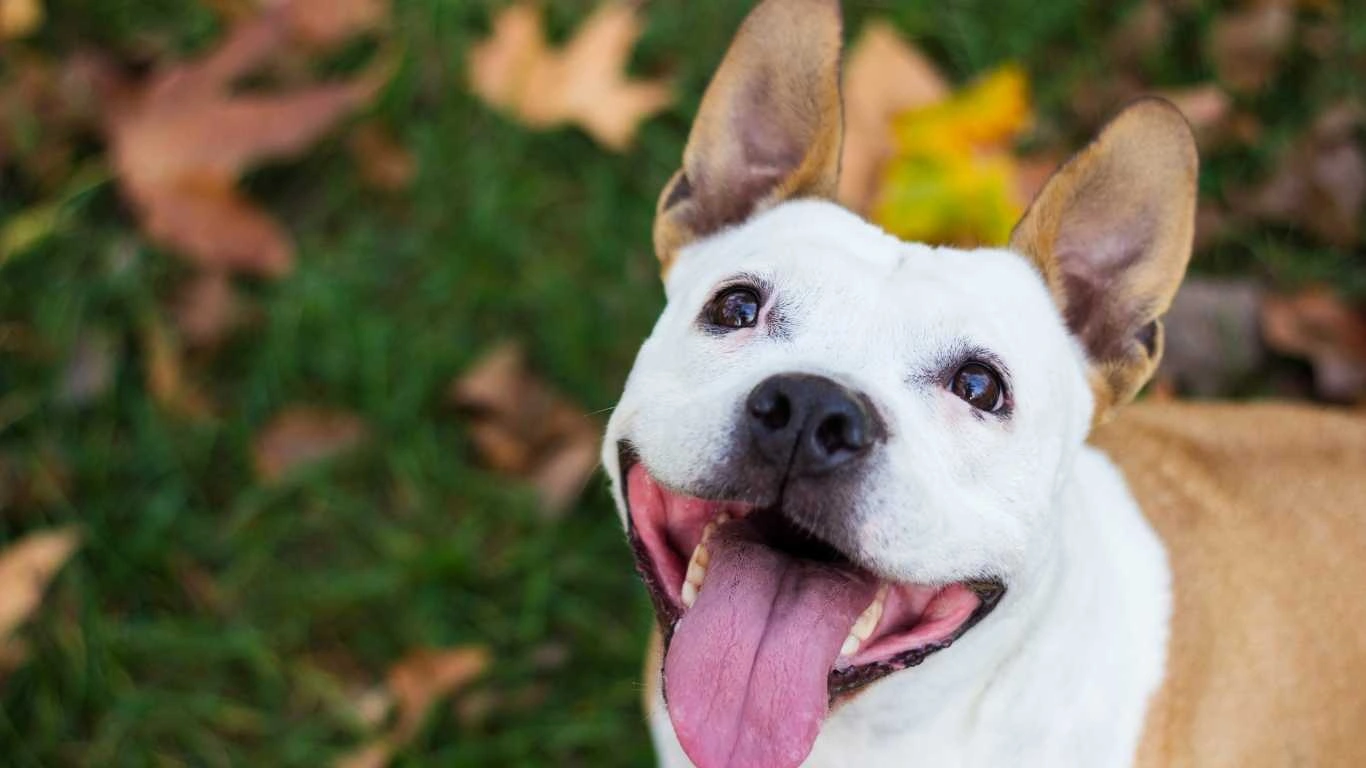
As dogs age, they may not feel as thirsty as they once did, which is why it’s essential to keep an eye on their water intake. Older dogs are at a higher risk for dehydration due to factors like decreased thirst drive, medical conditions, and reduced mobility. I’ve seen many senior dogs who struggle to drink enough water because they simply don’t remember to. That’s where we come in to ensure that they stay hydrated and comfortable.
For senior dogs, try offering smaller amounts of water more frequently throughout the day, especially if they’re not drinking as much as they should. It’s also a good idea to feed them wet food, as it provides extra moisture, or to try the hydration treats I mentioned earlier. Adding a bit of broth to their water or food can make drinking more appealing to older dogs who may have lost interest in plain water.
16. Dogs with Health Conditions
Hydration is especially critical for dogs with health conditions that affect their fluid balance, like kidney disease or diabetes. In these cases, staying hydrated helps to manage symptoms and keep your dog’s health stable. If your dog has kidney disease, for example, they may become more dehydrated because their kidneys are less efficient at conserving water. Similarly, dogs with diabetes can also be more prone to dehydration, especially if their blood sugar levels are high.
If your dog has a health condition, consult with your vet to determine the best hydration plan. Some dogs may need additional fluids or special types of food to ensure they’re getting enough water. Subcutaneous fluid therapy is sometimes used for dogs with severe kidney disease, where fluids are administered under the skin to help with hydration. Be sure to follow your vet’s advice and stay on top of any signs of dehydration to keep your dog healthy and hydrated.
Additional Resources and Helpful Links
For more information on how to keep your dog hydrated, check out these trusted resources:
- American Kennel Club – A great resource for everything dog-related, including health and hydration tips.
- PetMD – Trusted advice from veterinarians about keeping your dog healthy and hydrated during the summer.
- National Institutes of Health – For information on human health that might apply to understanding your dog’s hydration needs in extreme heat.
- Health.com – For general health tips that can also be applied to caring for your dog in hot weather.
Remember, hydration isn’t just about keeping your dog’s water bowl full. It’s about ensuring they have access to the right fluids and a comfortable environment, especially during the summer months when the risk of dehydration is higher. By following the tips and strategies in this article, you’ll be able to keep your dog healthy, hydrated, and happy all summer long. If you ever feel uncertain about your dog’s hydration, don’t hesitate to contact your vet for personalized advice.
Disclaimer
The information provided in this article is for general informational purposes only and should not be considered medical advice. Always consult with a licensed veterinarian regarding your dog’s specific hydration needs, health conditions, and diet. The author of this article is an Animal Care Specialist with years of experience, but individual circumstances may vary, and a veterinarian should be consulted for professional guidance.
